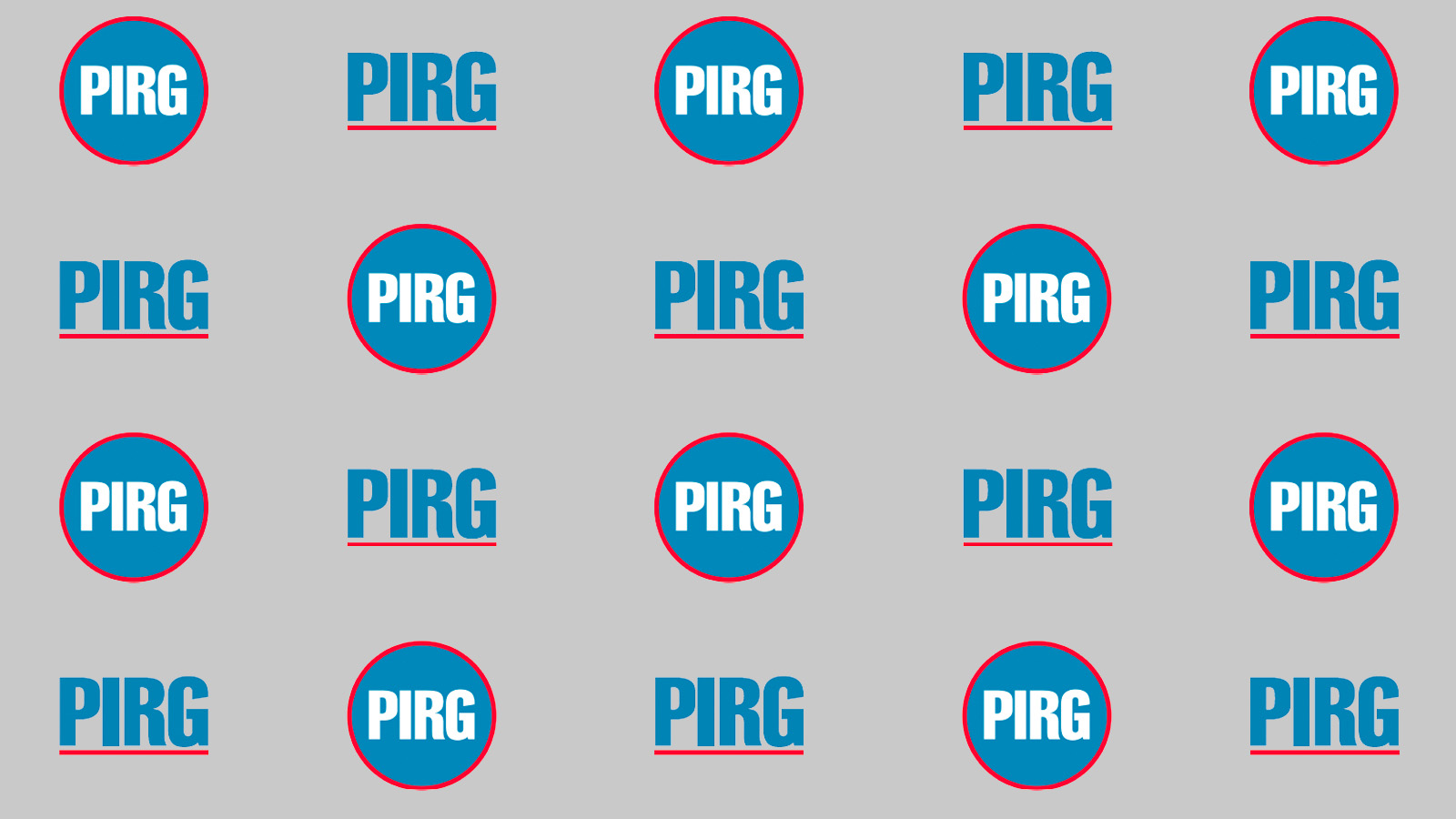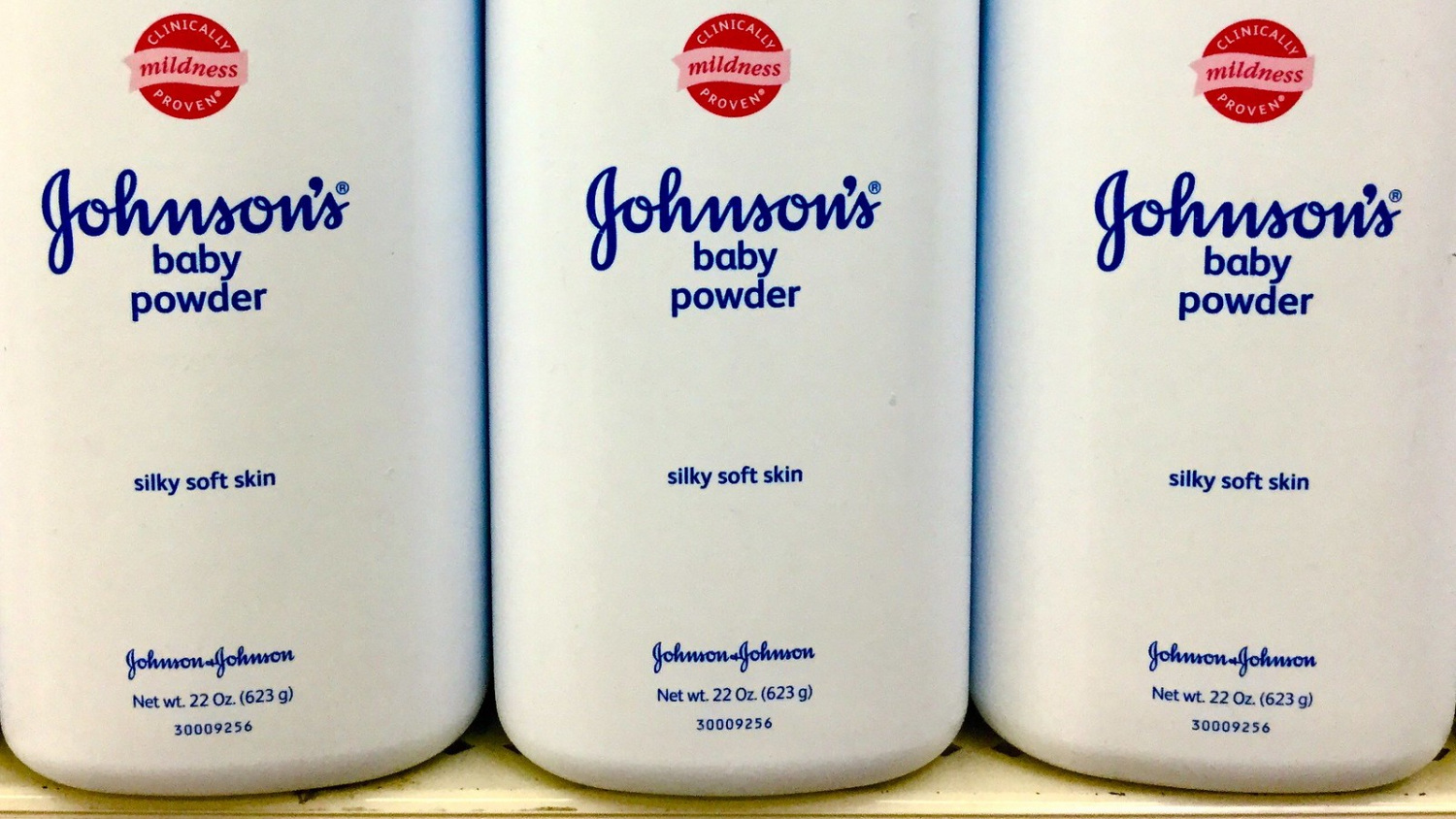Out of all the industries the novel coronavirus (COVID-19) has affected, it has perhaps most noticeably impacted airlines. As the pandemic first arrived in the U.S., many Americans opted for cancelling their unnecessary travel, but as states have started reopening, some are beginning to fly again.
The recommendations from the Centers for Disease Control and Prevention (CDC) still advise avoiding crowded public spaces in favor of social distancing. If you do plan to fly, keep in mind that airline travel includes not only the time spent in the air, but also security lines and screenings, waiting in the terminal or on the jet bridge, and using the restroom. In other words, there will likely be many situations during your trip where it will be difficult to control contact with other passengers.
Remain skeptical if you’re picking your seat online, and it looks like the flight is mostly empty. This will rarely be the case on your travel day. In order to cut overhead costs, airlines are consolidating their nearly-empty flights, meaning you shouldn’t expect a socially-distanced trip. You might very well show up to a packed waiting area, an equally full plane, and in a worst-case scenario, find yourself seated in the middle seat next to two individuals not wearing a face covering.
You may be asking yourself: “Don’t airlines require masks? My grocery store requires everyone to wear a mask before shopping.” As things stand today, the federal government is letting individual airlines and airports decide which COVID-19 protections to enforce, including requiring masks for passengers and crew, blocking off middle seats, and cleaning before each flight.
To help you make an informed decision should you choose to fly, here’s how the top airlines are addressing social-distancing protocols to keep you safe:









